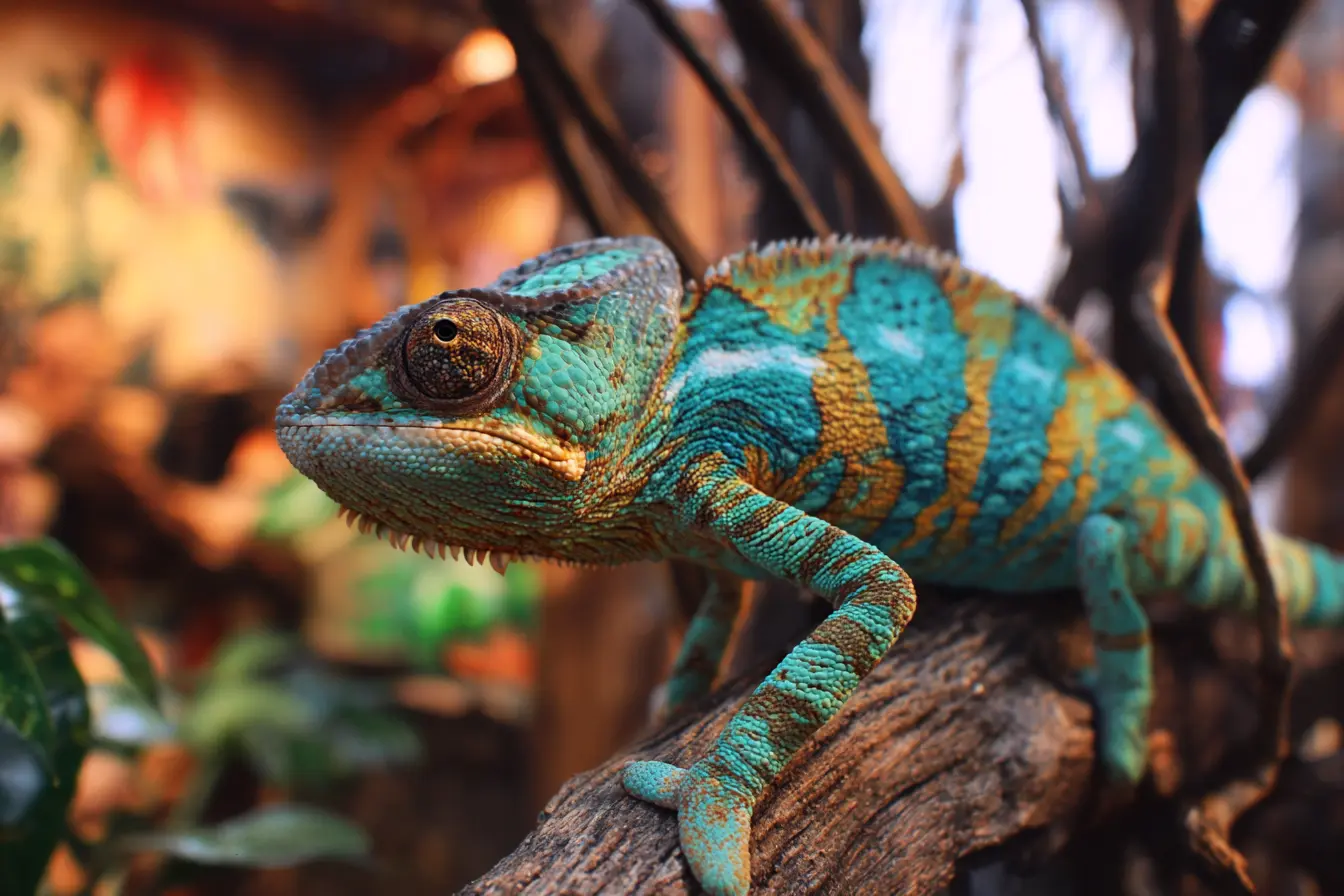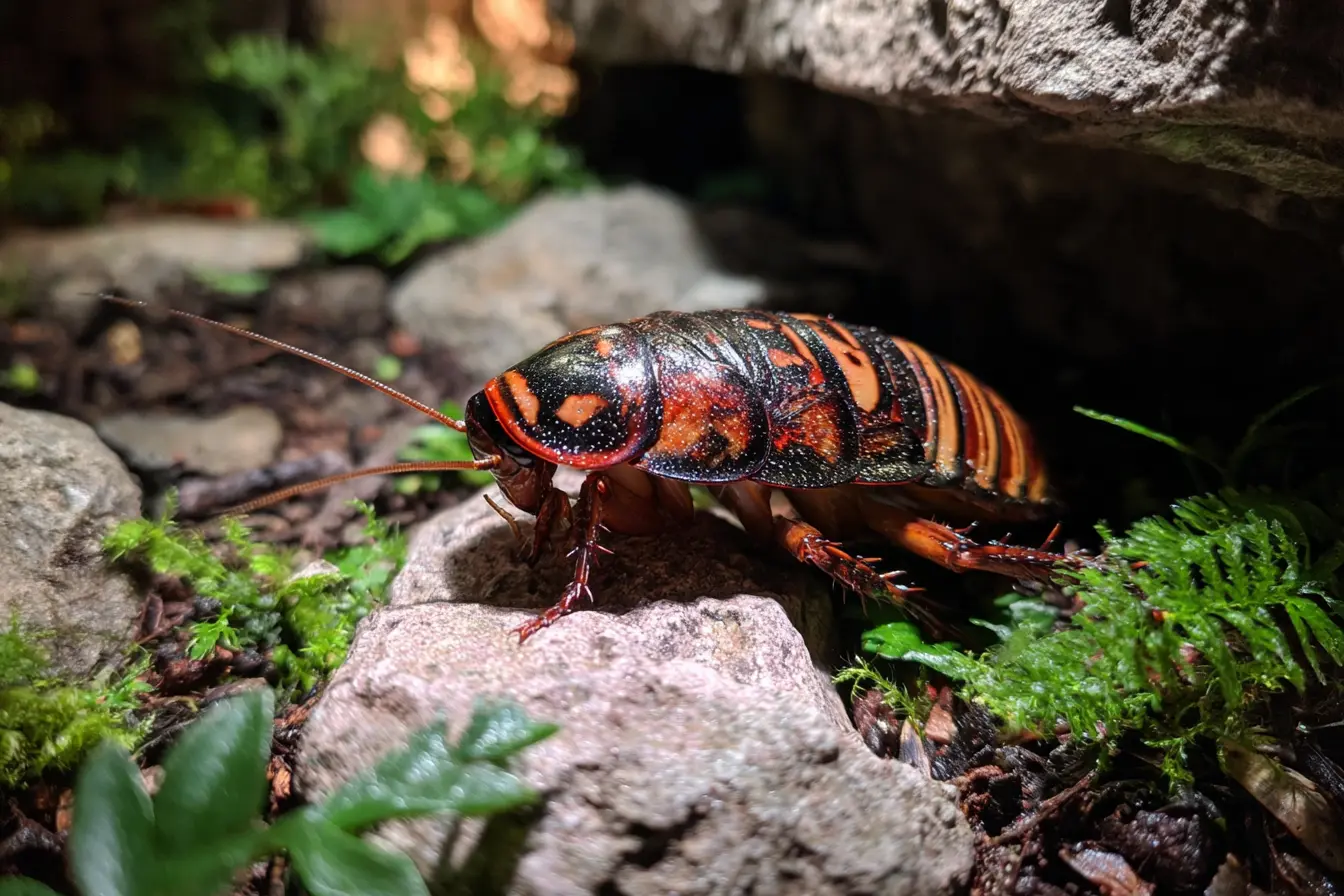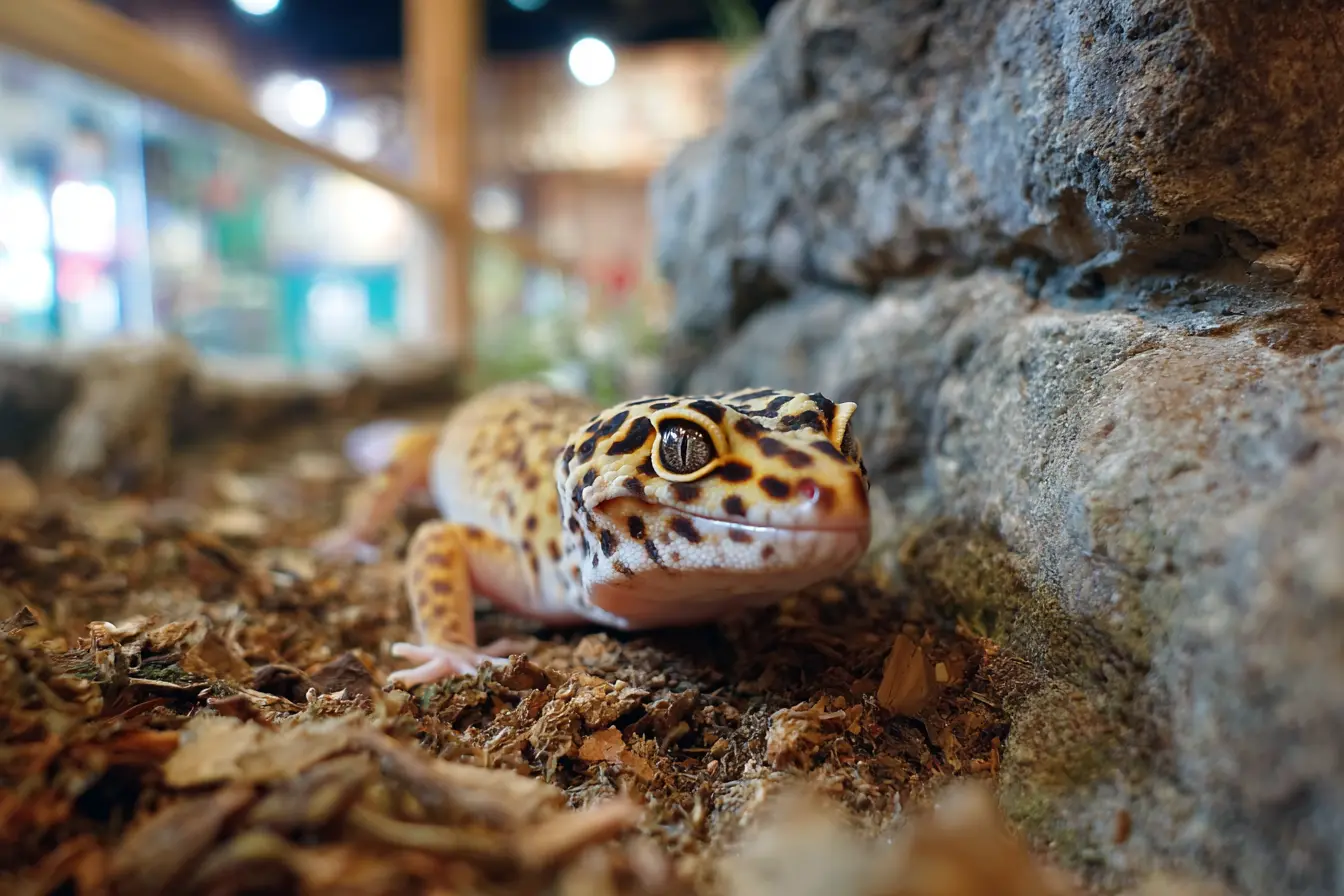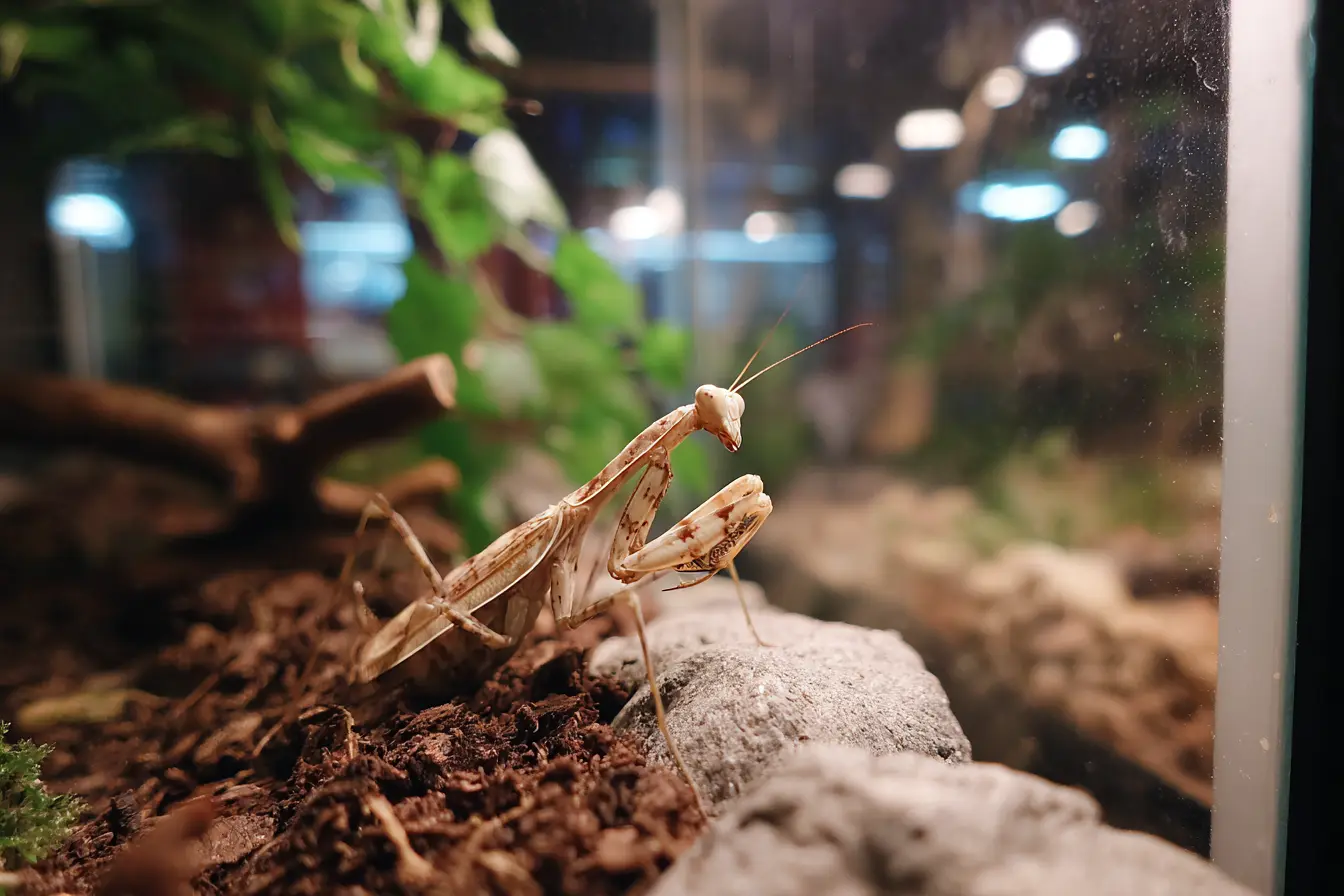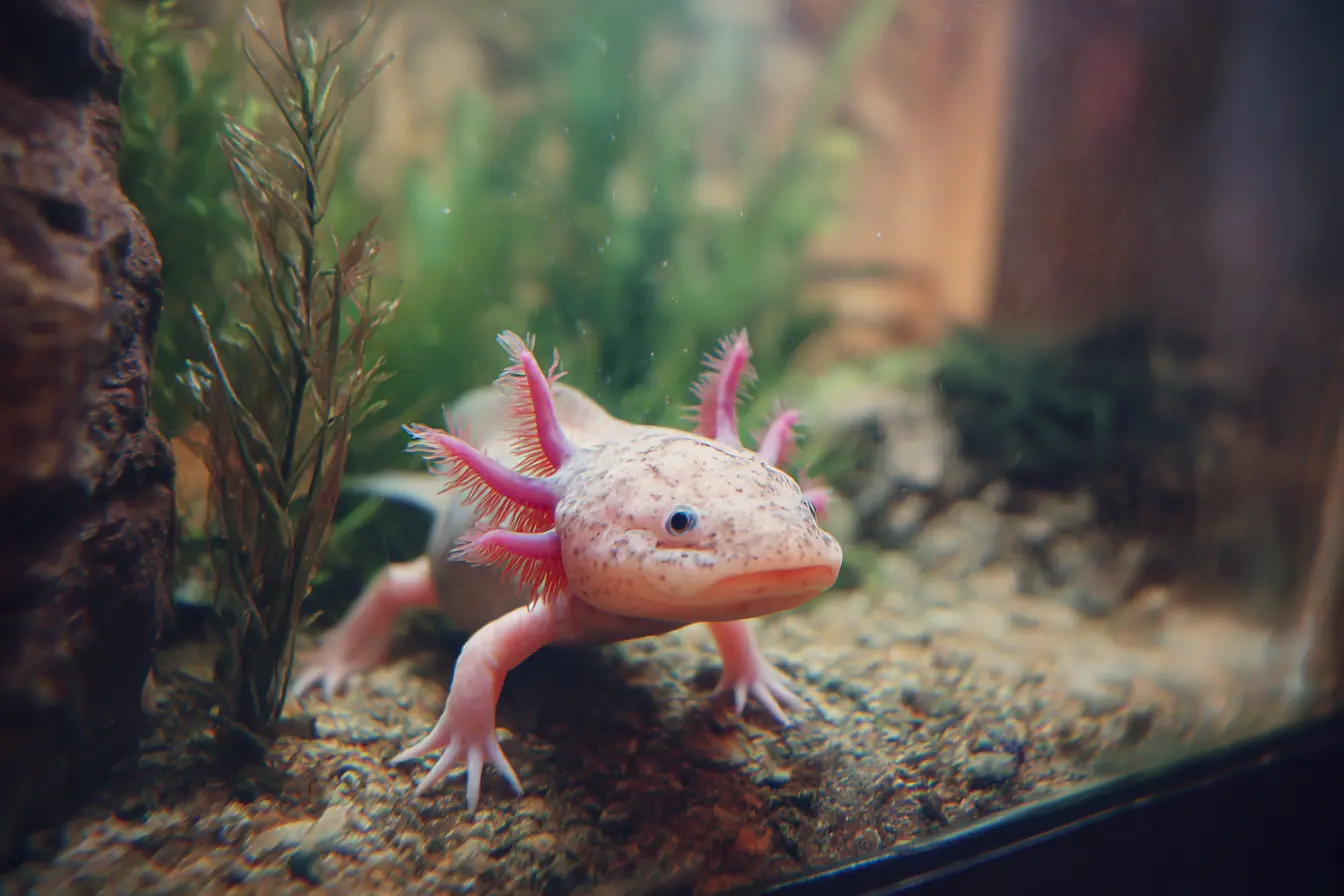
Amphibians That Are Good for Children: A Complete Guide for Families
Introducing children to amphibians can be a rewarding and educational experience. Amphibians teach children about responsibility, biology, and the importance of habitat care. However, not all amphibians are suitable for young keepers. Some are delicate, toxic, or require complex care that can be overwhelming for beginners. Choosing the right species is essential to ensure both the animal's welfare and the child's enjoyment.
This guide details the best amphibians for children, the essential care they require, and important considerations before bringing one home.
Key Qualities of Child-Friendly Amphibians
When selecting an amphibian for a child, look for species that are:
- Hardy and resilient
- Low maintenance compared to other amphibians
- Tolerant of minor husbandry errors
- Calm in temperament
- Not dangerously toxic
- Happy with minimal handling (or no handling)
Best Amphibians for Children
Axolotl (Ambystoma mexicanum)
Why They Are Good:
Axolotls are fully aquatic amphibians that are hardy and fascinating to observe. They have a charming appearance, with external feathery gills and a perpetual "smiling" expression.
Care Requirements:
- Tank: Minimum 60-litre aquarium with a good filtration system.
- Water Temperature: 14–18°C.
- Diet: Earthworms, axolotl pellets, bloodworms.
- Handling: Best avoided; axolotls are very delicate out of water.
Pros:
- Hardy if kept in good water conditions.
- Fascinating regenerative abilities to observe.
- Long lifespan (up to 15 years with good care).
Cons:
- Sensitive to poor water quality.
- Cannot be handled, which may disappoint very young children.
Fire-Bellied Toad (Bombina orientalis)
Why They Are Good:
Fire-bellied toads are hardy, colourful, and easy to care for, making them an ideal first amphibian for children interested in semi-aquatic animals.
Care Requirements:
- Habitat: Half land, half water (paludarium style setup).
- Temperature: 22–25°C.
- Diet: Crickets, worms, and other small live foods.
- Handling: Avoided due to mild skin toxins.
Pros:
- Attractive appearance with bright green and red markings.
- Active and fun to watch.
- Tolerant of beginner mistakes.
Cons:
- Cannot be handled without gloves (mild toxins on skin).
- Needs both land and water areas.
African Dwarf Frog (Hymenochirus spp.)
Why They Are Good:
African dwarf frogs are fully aquatic, easy to feed, and fun to observe. They are social creatures and do well in small groups.
Care Requirements:
- Tank: Minimum 20–40 litres, fully aquatic with gentle filtration.
- Temperature: 22–26°C.
- Diet: Bloodworms, brine shrimp, specialised aquatic frog pellets.
- Handling: Not safe to handle — stay in water.
Pros:
- Small and easy to house.
- Entertaining behaviours like floating and waving.
- Minimal care requirements once set up properly.
Cons:
- Fragile; rough handling can easily cause injury.
- Sensitive to poor water conditions.
Whites Tree Frog (Litoria caerulea)
Why They Are Good:
Known as the "dumpy tree frog," these frogs are hardy, docile, and sometimes tolerate brief, gentle handling better than most amphibians.
Care Requirements:
- Enclosure: Tall terrarium with plenty of vertical climbing space.
- Temperature: 22–28°C.
- Diet: Crickets, worms, locusts, occasional treats like waxworms.
- Handling: Occasionally acceptable with clean, wet hands.
Pros:
- Calm and robust nature.
- Long lifespan (up to 15–20 years).
- Tolerates occasional gentle handling.
Cons:
- Needs good hygiene to prevent skin infections.
- Sensitive to overfeeding (prone to obesity).
Amphibians That Are NOT Recommended for Children
Some amphibians are too delicate, toxic, or require expert-level care:
- Poison Dart Frogs (very delicate and toxic)
- Tiger Salamanders (adults) (delicate terrestrial care needs)
- Tree Frogs (small species like Red-Eyed Tree Frogs) (fragile, humidity sensitive)
Important Considerations Before Getting an Amphibian
-
Handling:
Amphibians generally have sensitive, permeable skin that absorbs oils and chemicals from human hands. Handling should be minimal or avoided altogether unless absolutely necessary. -
Supervision:
Young children should always be supervised when caring for amphibians to ensure proper hygiene and handling. -
Hygiene:
Amphibians can carry Salmonella bacteria. Children must wash hands thoroughly after any contact with the animal or its habitat. -
Commitment:
Some species, like axolotls and Whites tree frogs, can live for over a decade. Be prepared for a long-term commitment. -
Setup Costs:
A proper tank setup with heating, lighting, and filtration can be expensive initially, even for smaller species.
Conclusion
Amphibians can make fantastic pets for children when the right species is chosen and proper care is taken. Hardy species like axolotls, fire-bellied toads, African dwarf frogs, and Whites tree frogs offer fascinating behaviours, manageable care requirements, and a wonderful opportunity for children to learn about nature. However, amphibians require respect and careful handling — they are better suited for observation rather than physical interaction.
Always supervise children, maintain good hygiene, and provide a habitat that meets the specific needs of the chosen species to ensure a rewarding experience for both the child and the amphibian.
Vets near you
Speciality vets
- Aquatics vet specialists
- Birds vet specialists
- Camelids vet specialists
- Cats vet specialists
- Cattle vet specialists
- Deer vet specialists
- Dogs vet specialists
- Equines vet specialists
- Exotic vet specialists
- Goats vet specialists
- Pigs vet specialists
- Poultry vet specialists
- Sheep vet specialists
- Small Mammals vet specialists
- Wild vet specialists
